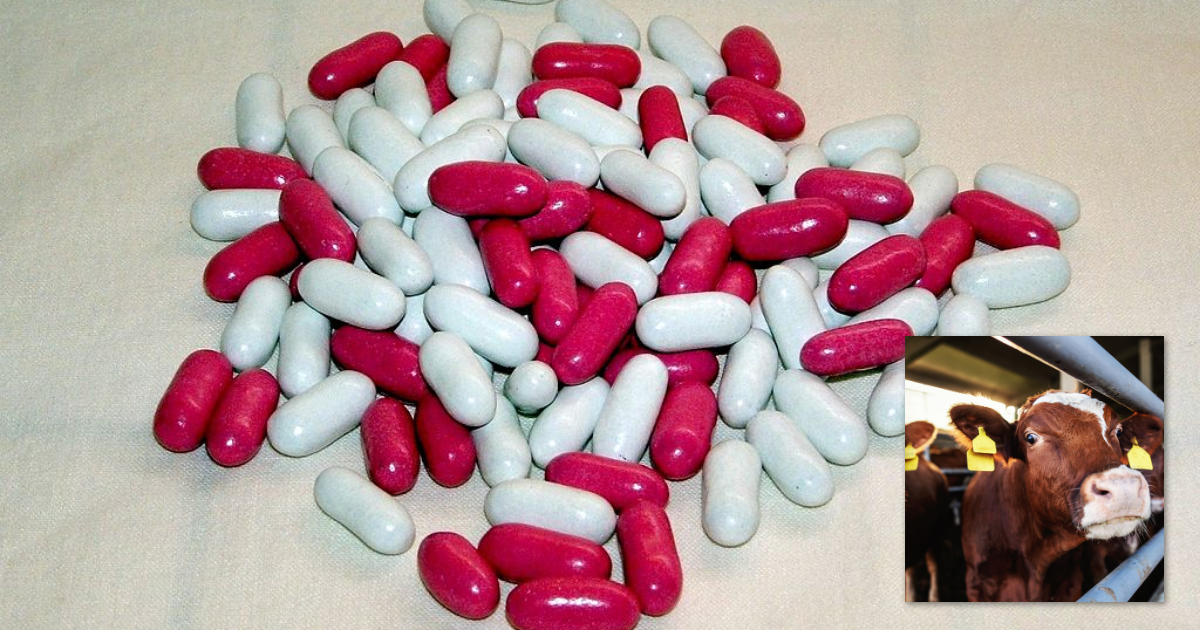Hepatic insulin action dominates fasting, while several tissue-specific mechanisms mediate postprandial insulin action.
A study of over 55,000 people’s DNA from around the world has given insight into how humans maintain appropriate blood sugar levels after eating, with implications for our knowledge of how the process goes wrong in type 2 diabetes.
The findings, published in Nature Genetics, may help guide future treatments for type 2 diabetes, which affects over 4 million individuals in the United Kingdom and over 460 million people worldwide.
Older age, being overweight or obese, physical inactivity, and genetic susceptibility increases the risk of type 2 diabetes. Type 2 diabetes, if left untreated, can cause complications such as eye and foot difficulties, nerve damage, and a higher risk of heart attack and stroke.
Isulin, a hormone that regulates blood sugar-glucose levels, is important in developing type 2 diabetes. People with type 2 diabetes cannot properly manage their glucose levels because they do not secrete enough insulin when glucose levels rise, such as after eating a meal, or because their cells are less susceptible to insulin, a condition known as “insulin resistance.”
Most insulin resistance research to date has focused on the fasting state. Yet, they spend most of their time in the fed state when insulin works on our muscle and fat tissues.
The molecular mechanisms behind insulin resistance following a ‘glucose challenge’ – such as a sugary drink or meal – are thought to play a significant role in developing type 2 diabetes. Nonetheless, these mechanisms need to be better understood.
Professor Sir Stephen O’Rahilly, Co-Director of the Wellcome-MRC Institute of Metabolic Science at the University of Cambridge, said: “We know there are some people with specific rare genetic disorders in whom insulin works completely normally in the fasting state, where it’s acting mostly on the liver, but very poorly after a meal when it’s acting mostly on muscle and fat. It has not been clear whether this problem occurs more commonly in the wider population and whether it’s relevant to the risk of getting type 2 diabetes.”
An international team of scientists looked for important genetic variations that influenced insulin levels measured two hours after a sugary drink using genetic data from 28 research including over 55,000 subjects (none of whom had type 2 diabetes).
They discovered ten loci – or parts of the genome – linked to insulin resistance following the sugary drink, eight of which were also linked to an increased risk of type 2 diabetes.
One of these newly discovered loci was found within the gene that codes for GLUT4. This crucial protein transports glucose from the blood into cells after eating. This locus was linked to lower levels of GLUT4 in muscle tissue.
The researchers used mouse cell lines to analyze particular genes in and around these loci to explore for additional genes that may play a role in glucose regulation. This resulted in identifying 14 genes involved in GLUT 4 trafficking and glucose uptake, nine of which had never previously been related to insulin control.
Further research revealed that these genes altered the amount of GLUT4 on the cell’s surface, most likely affecting the protein’s ability to absorb glucose from the blood.
Dr. Alice Williamson, who carried out the work while a Ph.D. student at the Wellcome-MRC Institute of Metabolic Science, said: “What’s exciting about this is that it shows how we can go from large-scale genetic studies to understanding fundamental mechanisms of how our bodies work – and in particular how, when these mechanisms go wrong, they can lead to common diseases such as type 2 diabetes.”
Given that problems regulating blood glucose after a meal can be a sign of a higher risk of type 2 diabetes, the researchers are optimistic that uncovering the mechanisms involved can lead to innovative treatments in the future.
Professor Claudia Langenberg, Director of the Precision Healthcare University Research Institute (PHURI) at Queen Mary University of London and Professor of Computational Medicine at the Berlin Institute of Health, Germany, said: “Our findings open up a potential new avenue for the development of treatments to stop the development of type 2 diabetes. It also shows how genetic studies of dynamic challenge tests can provide important insights that would otherwise remain hidden.”
The National Institute for Health and Care Research, the Medical Research Council, and Wellcome all funded the study.



